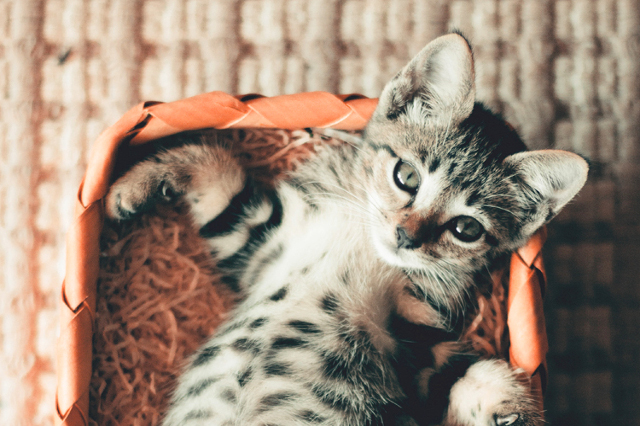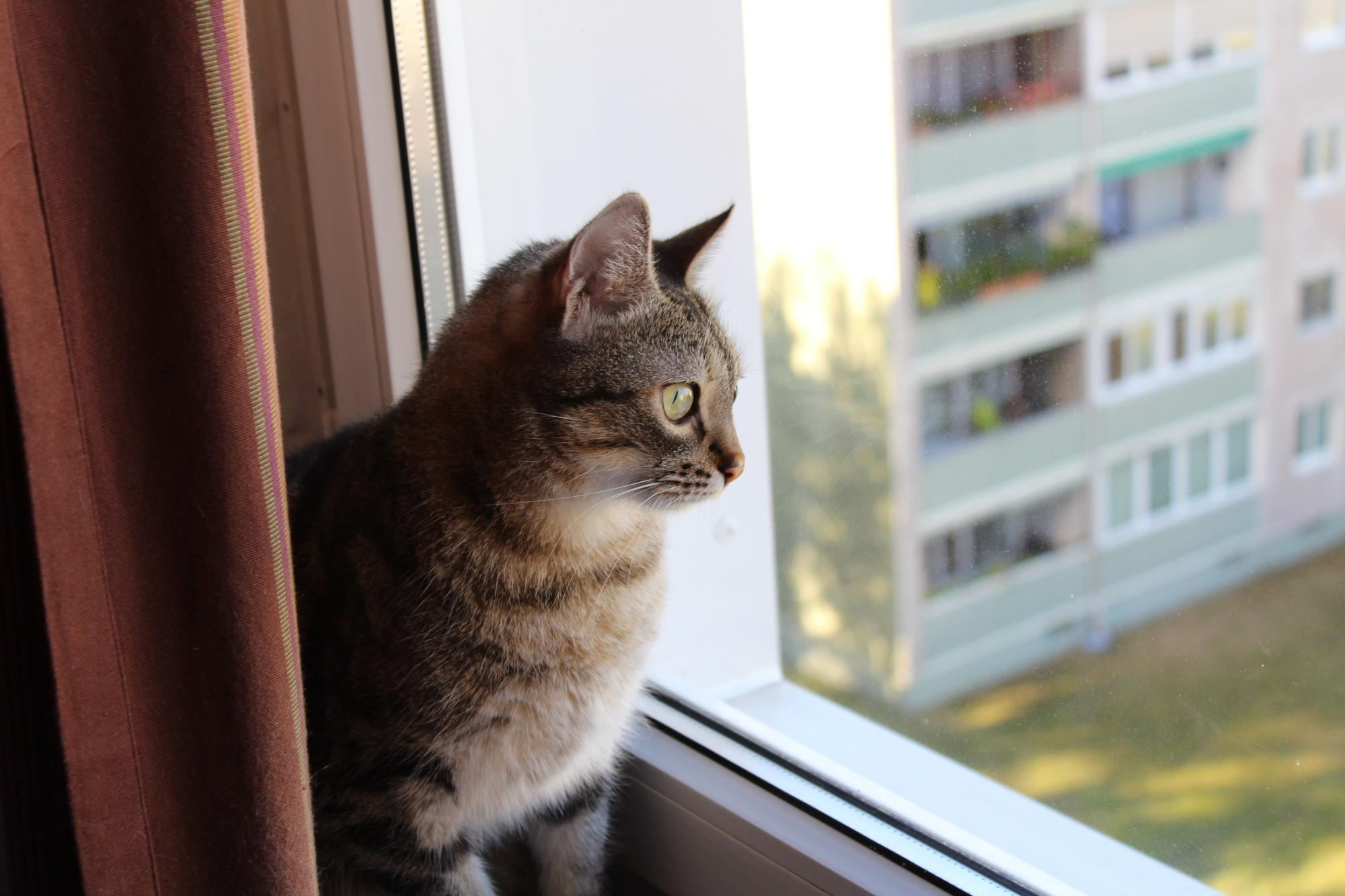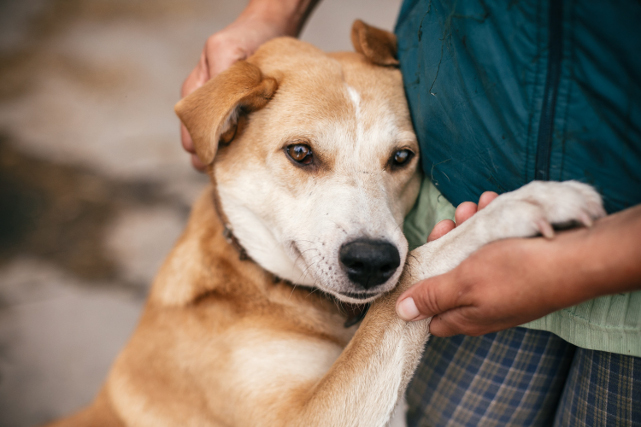Have you adopted a kitten recently? If so, congratulations! Now the next step after you bring your new kitten home: litter box training.
However, you don’t have to worry about training a kitten to use the litter box if you have chosen a good location for it and have all the supplies on hand before you bring your new kitten home. Kittens instinctively want to relieve themselves in sand or dirt—or its equivalent, such as kitty litter—so as long as you show your kitten where the litter box is, nature will take care of the rest. A little help in training from you is always welcomed though!
Tip 1. Have Supplies on Hand When You Bring Your Kitten Home
There are a lot of choices when it comes to selecting a litter box, a suitable type of litter, and the tools needed to keep everything clean and fresh.
Buy a Good Litter Box: a “good” box means one that is the right size for your pet not only when your kitten is small but also when he or she becomes an adult. Kittens grow very fast!
- Make sure your kitten can get into the box easily when small, and if there is any difficulty at all, add a little ramp of plywood or some other suitable material attached to the underside to the box. It can be removed when your kitten is bigger.
- The box should be big enough for your kitten to turn around and become comfortable when using it, and deep enough to bury the feces.
- You may want to provide an enclosed litter box with a top, which helps contain the litter and the odors. If so, plan to remove any doors and hood at first so that your kitten doesn’t feel the space is cramped.
Provide Suitable Litter: there are lots of choices for kitty litter. You should buy one that is as dust free as possible and is readily available in most stores. Cats become used to their favourite litter and may object if you decide to change it or can’t find it when shopping.
- Unscented litter is more popular with kittens, and you should avoid perfumed litter just in case it bothers your pet’s nose or lungs.
- Avoid buying clumping litter when your new pet is still a kitten. Kittens sometimes eat clumping litter, which can harm their intestines.
You Need a Scooper and a Drop Cloth: put a drop cloth under the litter box so that any litter that is kicked out is easy to clean up. A scooper is necessary for the daily ritual of scooping out the urine and feces so that the litter box doesn’t smell which does disturb your kitten as much as it disturbs you!
Tip 2. Prepare Your House
When you first bring your kitten home, make sure you have chosen a good place for the litter box and introduce your kitten to it right away.
Find the Best Location for the Litter Box: the box should be in a quiet, private place in or by a room where your kitten may spend a lot of time.
- If you put the litter box in the laundry area beside the washer and/or dryer, the sounds of the machines may frighten your kitten. You don’t want your pet to look for and find a quieter location instead—like behind the sofa!
- If you have more than one cat, have a litter box for each pet. The anecdotally accepted rule is to have a litter box for each cat plus one.
- If you have to move the litter box after your kitten is used to its location, move it a few feet at a time over a period of several days so that your kitten is not confused.
- Avoid placing the litter box near your kitten’s water and food dishes. Your new kitten will not be comfortable with that arrangement.
Confine Your Kitten for a Few Days: it is a good idea to confine your kitten to one or two rooms when he or she is first brought home to reduce the likelihood of accidents happening. Most kittens know immediately how to use a litter box, but it takes some kittens a few days to adjust to where it is and its purpose. If it’s possible, remove nearby carpets and rugs to make cleaning up after your cat easier until their litter training is completed.
Remove Potted Plants: to prevent your kitty from finding an alternate source of litter than what’s in the box, remove your big potted plants out of sight and reach. Keep them away until it’s established that the litter box is the spot your kitten must choose each time.
Tip 3. This is How Actual Litter Box Training for Kittens Takes Place
Most kittens will know all about litter boxes and how to use them if they have been with their mothers for a while. If not, they usually catch on fast, but it may take some kittens a few days to learn. Always be patient.
What to Do First: as soon as you arrive home, place your new kitten in the litter box to introduce it to the location, smell, and the feel of their litter box. Your kitten may not use it right away, but the familiarity will help.
What Not to Do: Kittens don’t need to be shown how to cover up their feces by, say, your taking hold of a paw and helping with the digging. Kittens will not react well to this action! Covering feces and urine is instinctive for kittens, so even though it may not happen at first, it will soon.
How to Keep Your Kitty on a Schedule: Pick the kitten up and place him or her in the box upon waking up, after each meal, or after some interval of time has occurred. You may have to do this frequently at first or maybe only for a day or two.
- If you see your kitten squat outside the litter box, assume the box is needed and then pick him or her up and place your pet in it.
- Establish a regular feeding schedule and assume your kitten will likely need to use the box about 20 minutes later.
Offer Praise, not Punishment: if you see your kitten use the box correctly, pet and praise your little pet. Never scold or get angry at your kitten if they forget.
How to Deal with Accidents: if an accident occurs, help your pet smell the box’s location afterwards. Pick your kitty up and place him or her in the box as a reminder of where they are supposed to go if they have to. Don’t ever rub the noses of kittens into the feces or urine! Doing this is confusing and frightening to them. Clean up the accident area thoroughly so there is no smell remaining; it could encourage your kitten to consider the spot as their bathroom.
Tip 4. Keep the Litter Box Clean
Kittens don’t like unpleasant odors as much as we don’t. They will tend to avoid using a dirty litter box, so you need to keep it clean.
Clean the Litter Daily: use the scooper on a daily basis to remove the urine and feces.
Clean the Box Frequently: about once a week, dump the litter into a garbage bag and wash the box with soapy water or a non-toxic cleaner. Rinse, dry, and fill it with fresh litter after washing.
Unlike potty training dogs, which can take a little while, litter box training for kittens is usually a simple matter of finding the right box, finding the right litter, and making sure the box is easily accessible and regularly kept clean. Kittens can usually be trained in a day or two—it’s easy-peasy!
Creative Commons Attribution: Permission is granted to repost this article in its entirety with credit to Hastings Veterinary Hospital and a clickable link back to this page.






